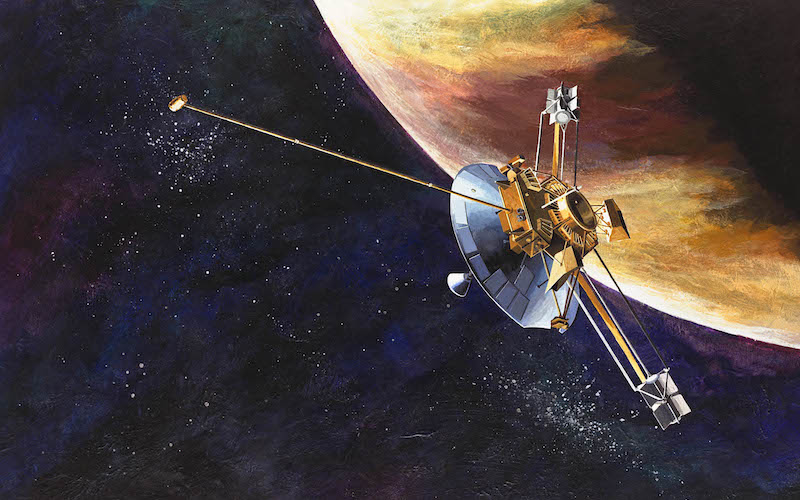
Exploration of the outer solar system
Beyond Mars lie the far planets: Jupiter, Saturn, Uranus, and Neptune. Even though they are a great distance from the Sun, they are not even close to the edge of the solar system. Beyond Neptune is a large icy area called the Kuiper Belt that extends outward seven billion miles. Within it there are untold numbers of celestial bodies orbiting the Sun. One of these Kuiper Belt Objects is Pluto, formerly a full-fledged planet, but now considered a dwarf planet. In ancient times people could see only two of the far planets in the nighttime sky: Jupiter and Saturn.

1 of 3
Jupiter was named for the mythical Roman god of light and sky. He was the supreme god also known as Jove or dies pater (shining father). His counterpart in Greek mythology was named Zeus. Saturn was named after the god of agriculture, who was also Jupiter’s father. His Greek counterpart was called Kronos.

2 of 3
Following the invention of the telescope, Uranus, Neptune, and Pluto were discovered. Uranus was named for the father of the god Saturn. Neptune was the god of the sea and Jupiter’s brother in Roman mythology. Pluto was named after the Greek god of the underworld.
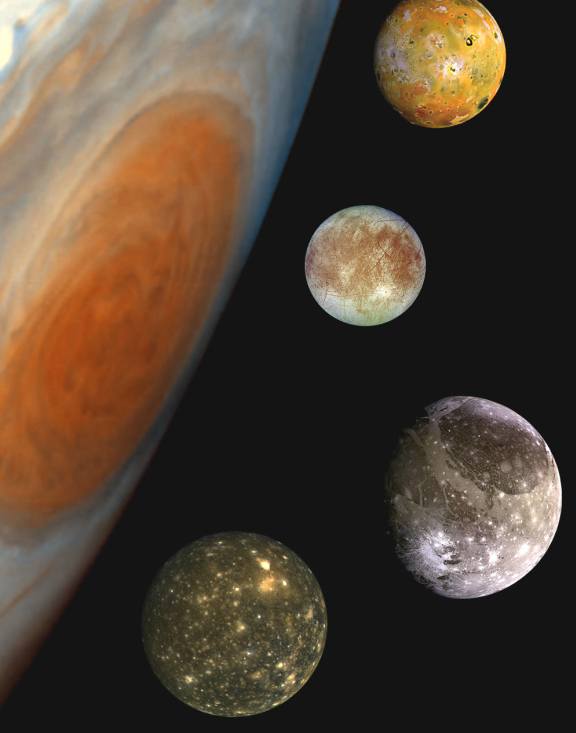
3 of 3
When the space age began, humans sent robotic spacecraft to investigate the far planets. They returned images of strange and marvelous worlds composed of gas and slush instead of rock. Many new moons were revealed. Some of these moons are covered with ice and have atmospheres. There could be liquid water beneath that ice teeming with life. This possibility is particularly appealing to space scientists and to all people who wonder if life extends beyond Earth.
Dwarf planets are a new category of celestial bodies. The designation was created in 2006 by IAU resolution. Even though Pluto is the best-known dwarf planet, it was not the first one discovered. This distinction goes to Ceres, a small world named after a Roman goddess.

1 of 3
Ceres was discovered in 1801 by the Italian astronomer Giuseppe Piazzi. He found it in the massive asteroid belt lying between Mars and Jupiter.

2 of 3
Clyde Tombaugh is credited with discovering the dwarf planet Pluto. Tombaugh made the discovery on February 18, 1930, while working at the Lowell Observatory in Flagstaff, Arizona. This famous observatory was founded in the 1890s by Percival Lowell. Lowell’s widow wanted to name the planet after her late husband. This was not allowed, because it would have broken the tradition of using names from Greek and Roman mythology. The name Pluto was finally selected from many suggestions made by the public.
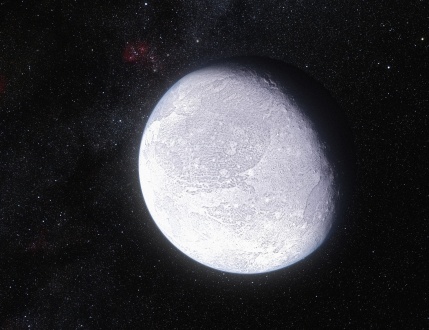
3 of 3
Another dwarf planet is Eris. It was discovered in July 2005 by astronomers at the California Institute of Technology in Pasadena, California. Like Pluto, Eris is a trans-Neptunian object, meaning it lies beyond Neptune. Eris is named after a Greek goddess.
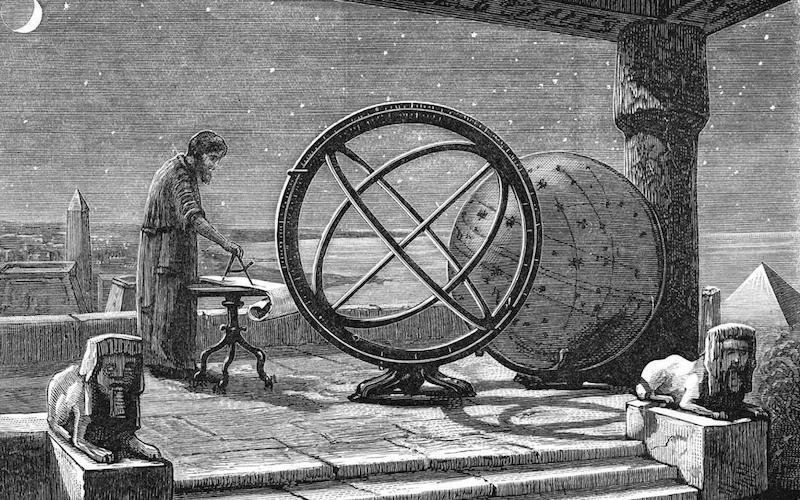
Astronomy in the Ancient Times
Astronomy is a science that studies celestial objects and phenomena. Humanity has studied astronomy since ancient times. Astronomy, as an orderly pursuit of knowledge about the heavenly bodies and the universe, did not begin in one moment at some particular epoch in a single society. Every ancient society had its own concept of the universe (cosmology) and of humanity's relationship to the universe. In most cases, these concepts were...
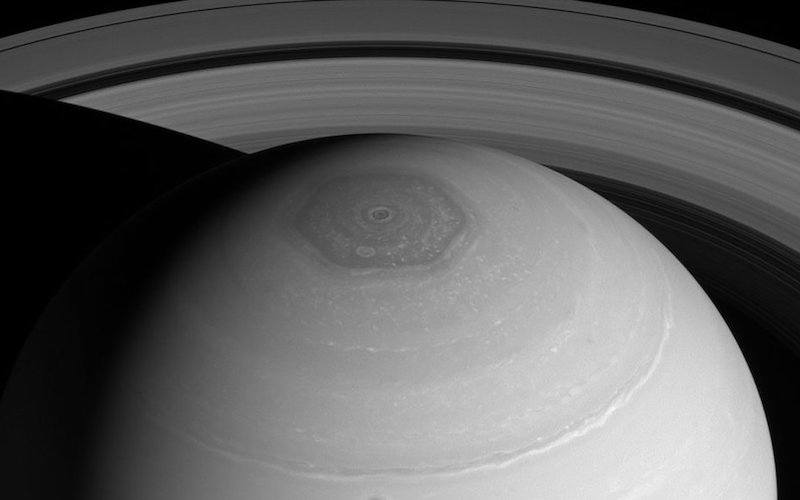
Astronomy in the Modern Times
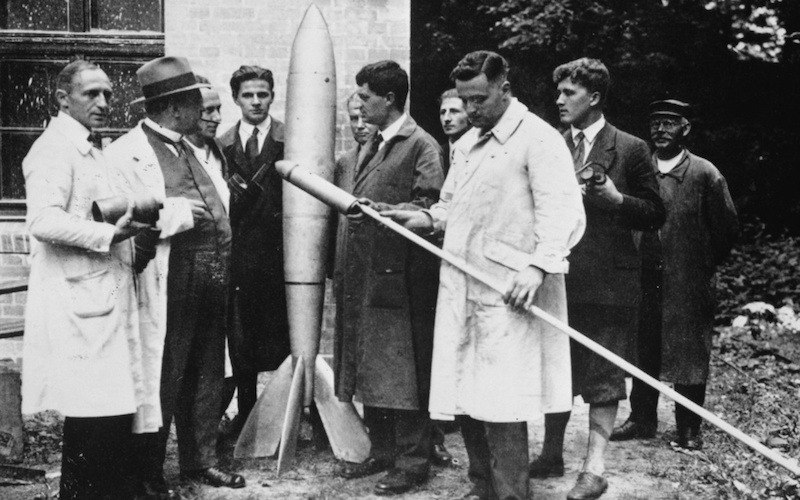
History of Rockets

Space Race

Space exploration and the Cold War

Space Agencies

Science fiction and space exploration
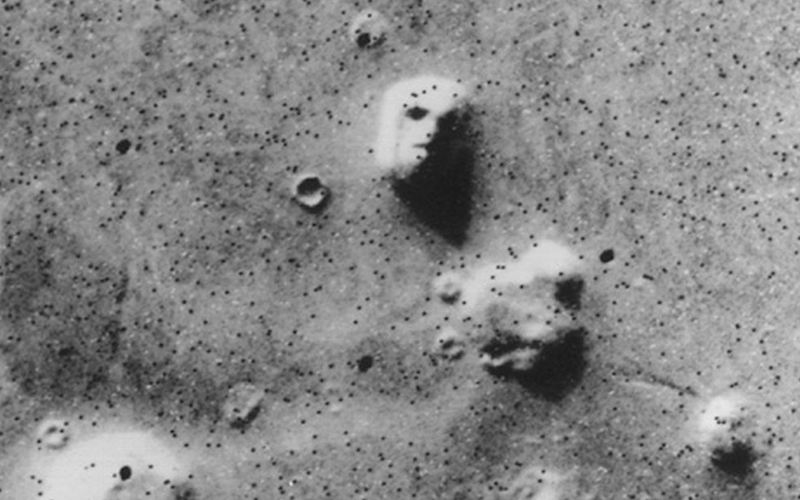
Exploration of Mars

Exploration of the inner solar system

Modern orbital space exploration

History of Satellites
One of the most dramatic moments of the twentieth century occurred on October 4, 1957. The Soviet Union sent a small shiny sphere with four long antennas into space. They called it Sputnik I. Sputnik is a Russian word that means “traveling companion.” The satellite traveled so fast that its ballistic flight continued all the way around Earth.
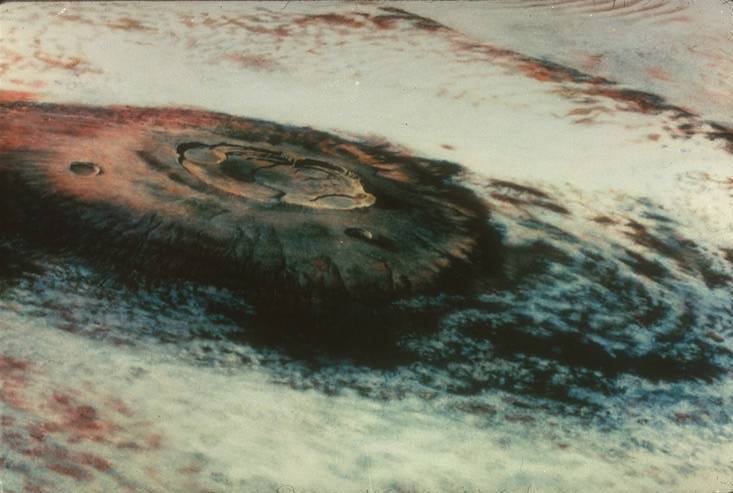
The Future of Space Exploration
While the current lunar exploration initiative has been justified as a “stepping stone” toward Mars, human missions to Mars represent a major step up in complexity, scale, and rigour compared to lunar missions.
- Brian Harvey, David M. Harland, Space Exploration 2008, Praxis Publishing, Chichester, United Kingdom, 2008
- Cynthia Phillips, Shana Priwer, Space exploration for dummies, Wiley Publishing, Inc., Indianapolis, Indiana, 2009
- Erik Gregersen, Unmanned space missions: An explorer’s guide to the universe, Britannica Educational Publishing in association with Rosen Educational Services, New York, 2010
- Kim Masters Evans, Space Exploration Triumphs and tragedies, Gale Publishing, Farmington Hills, Michigan, 2009
- Peter Jedicke, Great moments in space exploration, Infobase Publishing, New York, 2007
- Marianne J. Dyson, Twentieth century space and astronomy: Decade by decade, Infobase Publishing, New York, 2007





